

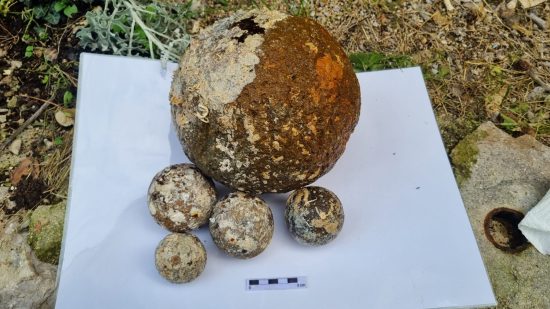
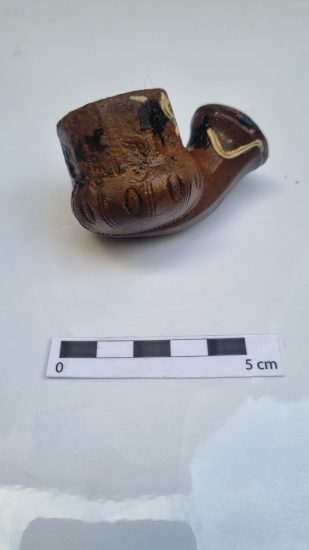
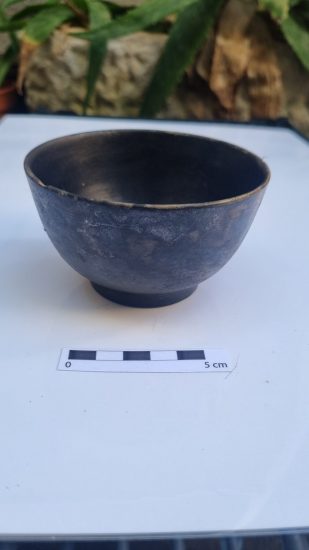
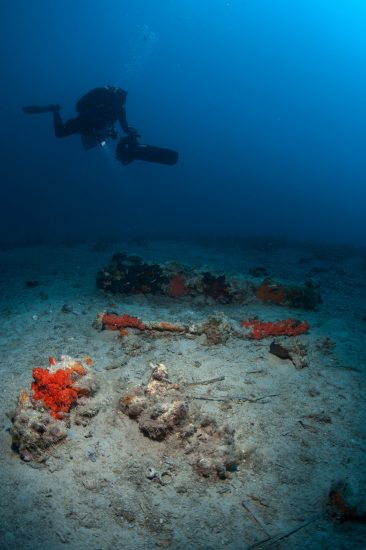
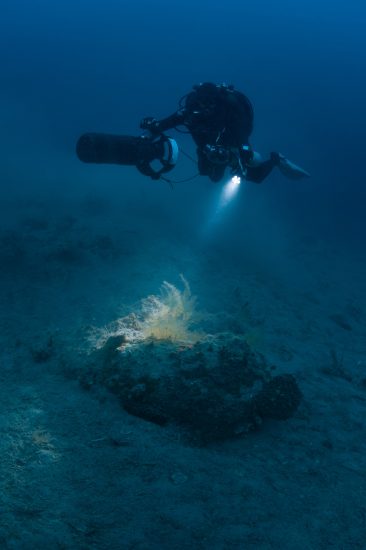
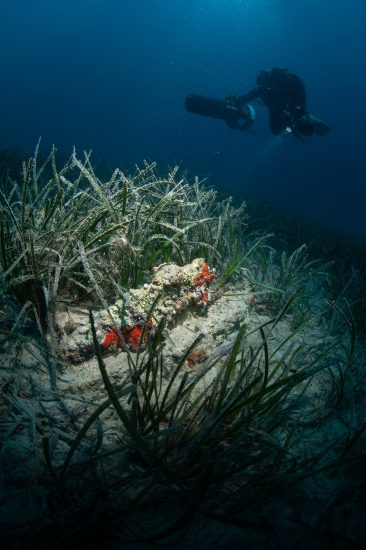
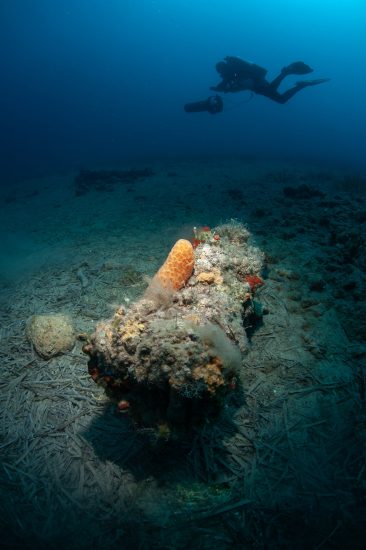
Diving is not just a sport, but an adventure that opens up doors to an underwater world full of mysteries and history.
When we plunge into the depths, we enter another world, a world where the water becomes the backdrop to the treasures of times long past. We discover lost worlds, traces of civilizations and secrets waiting to be unveiled.
Finding an underwater archaeological site is not only about uncovering millennia-old remnants, but also about traveling back in time and feeling a connection with the people who once lived in those areas. Every piece of pottery and every artefact carries a story that has long been buried, but now, thanks to divers, they're finding their place in history again.
This is yet another one of those stories...
After identifying our dive site, Cikat Bay, research was carried out, led by the Lošinj Museum in cooperation with the Department for Underwater Archaeology, the Service for Archaeological Heritage and the Croatian Restoration Institute with the logistical support of the Diving Center of the Special Police Command of the Ministry of the Interior of the Republic of Croatia and Subseason Diving Center from Mali Lošinj.
Research participants were Zrinka Ettinger Starčić (the Lošinj Museum's Consultant Archaeologist), Pavle Dugonjić (Head of the HRZ Underwater Research Department), Robert Dorinka and Kristijan Tahtler (Special Police Divers), Neno Starčić (Subseason Diving, Mali Lošinj), Dragutin Šimatović (Hydra Marin Ing) and Zoran Delibašić (Agram Diving).
Cikat Bay is located on the western side of the island of Lošinj, Croatia. Surrounded by rich vegetation, it is characterized by a rugged coastline. The bay is protected from all winds except the western ones, and has been historically used as a calm anchorage.
During initial research, despite adverse weather conditions, excellent results were obtained. Elements of a ship construction were discovered, along with four ship cannons, an anchor and a plethora of ship utensils. In the immediate vicinity of the site, catapults and cannonballs were also found.
The area where the site is located is covered with sand and Posidonia oceanica fields. Underwater excavation began with four mammoth suction dredges and two pumps set up on the shore. Surface sediment was removed beneath the cannons with the aim of uncovering the ship's structure. Ballast stones were also observed. The excavation trench was set at a length of 10 meters and a width of 2 meters.
The excavation is finished for this year and will continue next year. Discover some of our findings in the photos.
 Marjan Radovic
Marjan Radovic 7th December 2023
7th December 2023